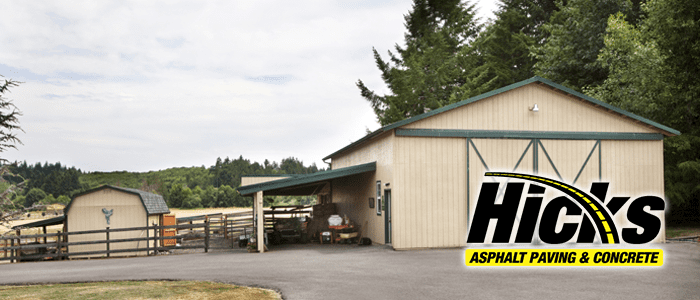There was a time where people used concrete flooring in industrial buildings such as warehouses. Other than the driveway or a patio, the only other place where a home would have a concrete floor was the garage. Since concrete is inexpensive, requires little to no maintenance, and lasts a long time, concrete is becoming a more popular choice for many homeowners to opt into using for their flooring. In this article, we will discuss what you need to know about staining concrete floors to give them a more finished look.
What is Concrete Staining?
Staining concrete allows a person to cause a chemical reaction in the concrete that gives it a nice finish. Staining can make concrete emulate the look of marble, stone, leather, or wood. There are two methods of concrete staining:
Acid Stains
Water-based Acrylic Stains
What are Acid Stains?
Acid stains are done by chemicals that will cause a reaction with the compounds that make up concrete. The stains are added to the surface of the concrete, which then allows the chemical reaction to permeate into the concrete itself. Acid stains are permanent and can sometimes lead to unpredictable colors or designs. The benefit of acid stains is that they will not fade or peel away like paint.
What are Water-based Acrylic Stains?
Water-based acrylic stains come from acrylic polymers that permeate the concrete. Water-based acrylic stains offer a greater choice of colors and finishes than acid stains.
Does Staining Cover Cracks in the Concrete
Since the staining of concrete permeates the concrete, it essentially becomes the concrete. The stain creates a finish. This finish does not fill in or hide any cracks in the concrete. If a concrete surface has many cracks, then the concrete should be replaced or fixed before staining begins.
Indoor Versus Outdoor Staining
A huge factor that determines which staining method to use is whether the concrete to be stained is indoors or outdoors. Although homeowners can use both methods for either location, there are benefits in using one type or the other depending on location.
Water-based Acrylic Stains are best for indoor projects. Since acid stains give off fumes, indoors might not provide enough ventilation for protection against those fumes. Additionally, after a person installs acid stains, they will need to scrub and remove any left behind residue. This might require high-pressure rinsing, which might not be suitable for an indoor space.
On the other hand, acid stains might be best for outdoor projects. Since acid stains better permeate the concrete compounds than water-based acrylic stains, they will last longer in extreme weather conditions.
Need to Seal the Stain
Whether a person used acid stains or water-based acrylic stains, the staining will need sealing. The sealing used will be determined by whether the stain is indoors or outdoors and the type of condition or use the homeowner expects it to endure. A sealer will protect a stain against day-to-day use.





